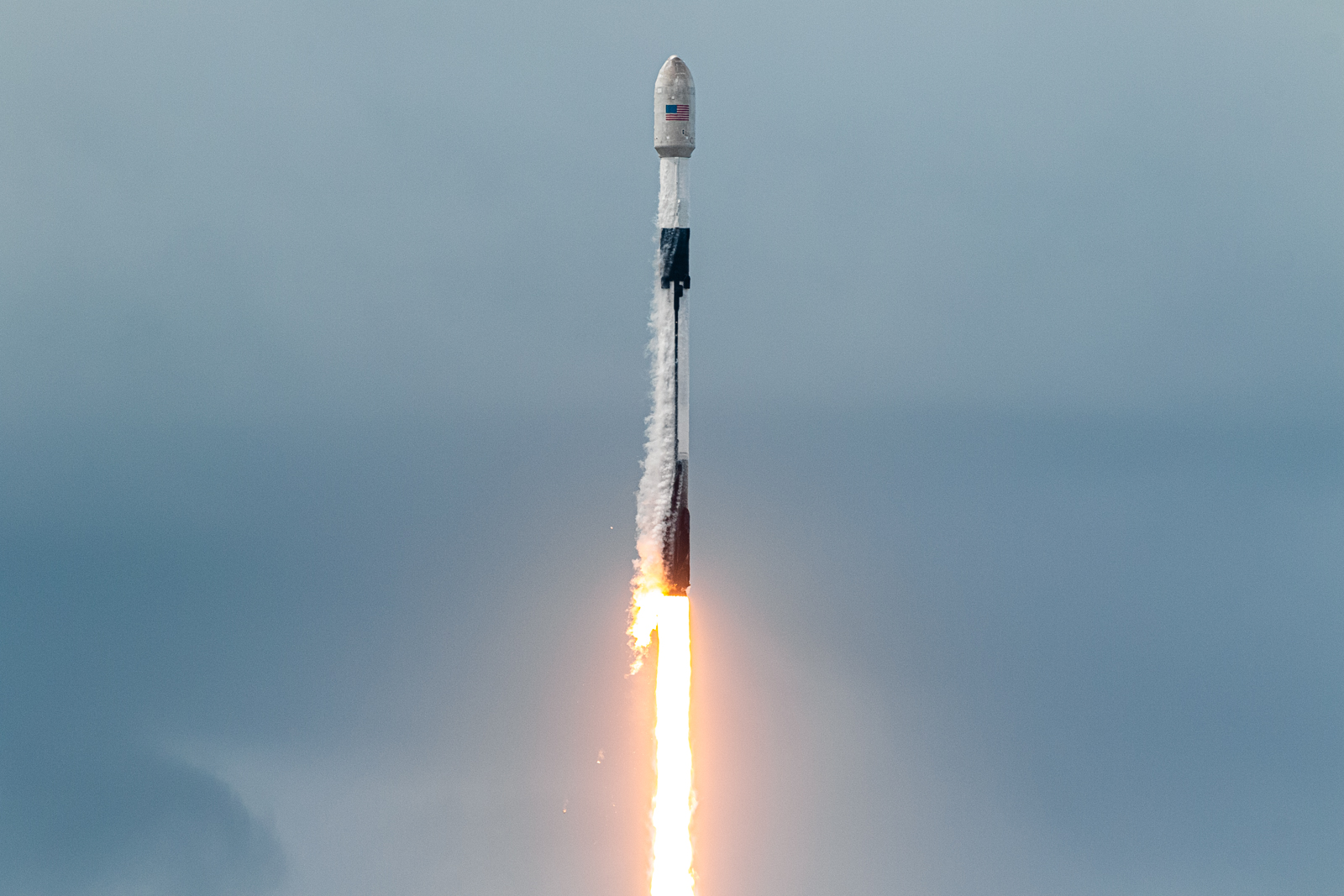 Liftoff! SpaceX and the 45th Space Launch Delta find a hole in the weather to get the Transporter-2 mission off the ground.Trevor Mahlmann
Liftoff! SpaceX and the 45th Space Launch Delta find a hole in the weather to get the Transporter-2 mission off the ground.Trevor Mahlmann Falcon leaps from its perch for the 8th time in a calendar year.Trevor Mahlmann
Falcon leaps from its perch for the 8th time in a calendar year.Trevor Mahlmann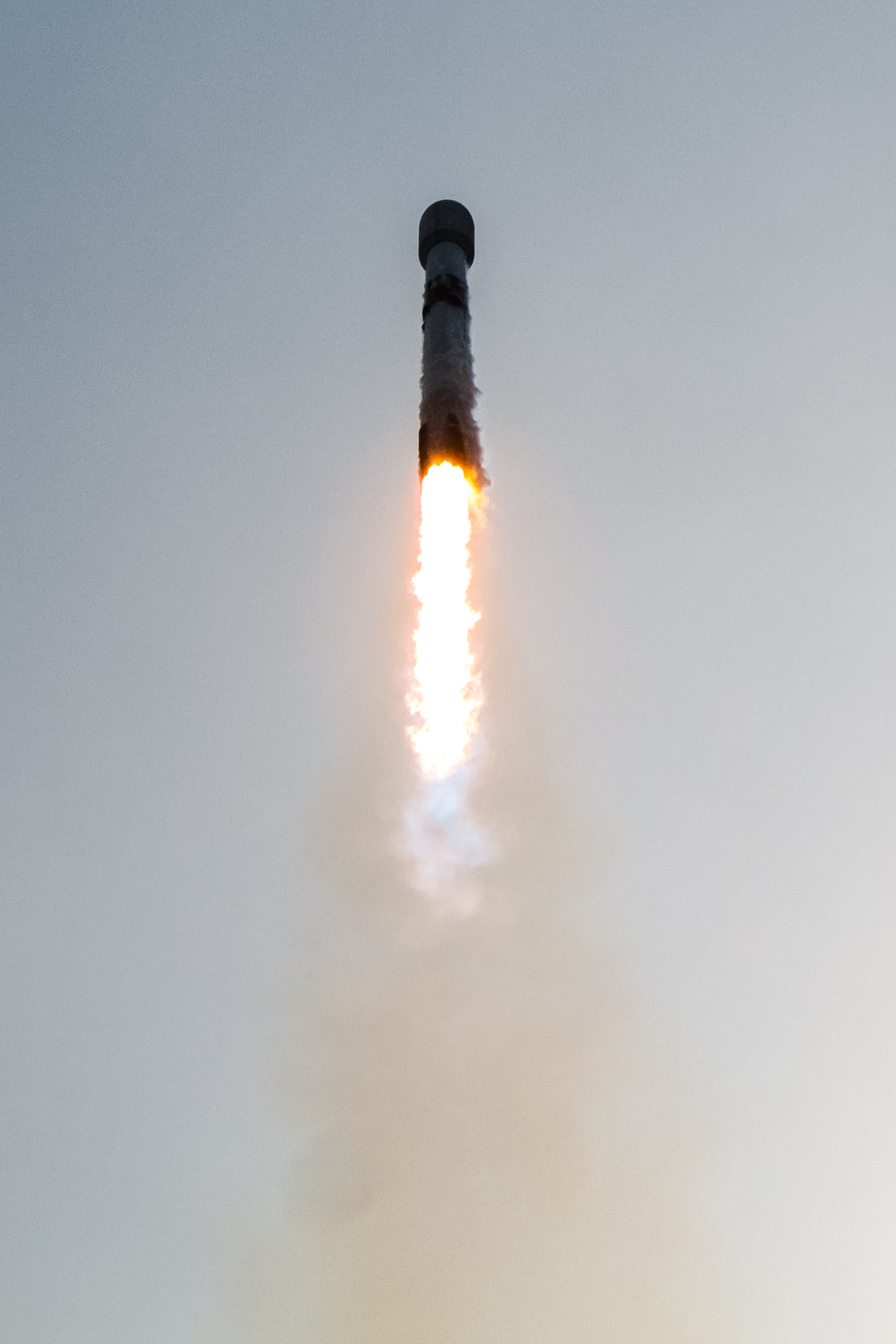 Sound-activated remote camera view of liftoff from SLC-40.Trevor Mahlmann
Sound-activated remote camera view of liftoff from SLC-40.Trevor Mahlmann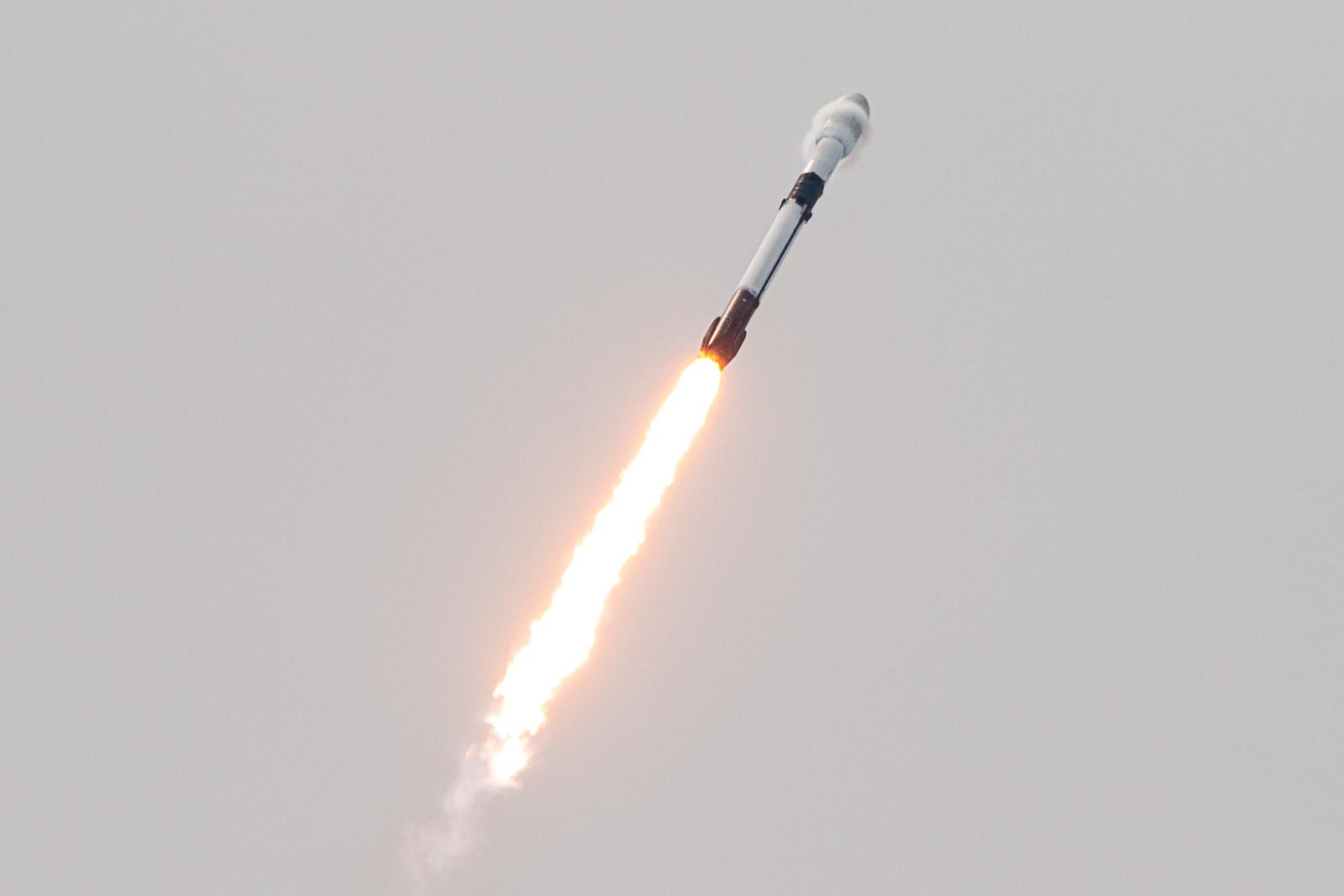 Falcon 9 breaking through the speed of sound as it climbs toward space, targeting a Sun-synchronous polar orbit with 88 spacecraft aboard.Trevor Mahlmann
Falcon 9 breaking through the speed of sound as it climbs toward space, targeting a Sun-synchronous polar orbit with 88 spacecraft aboard.Trevor Mahlmann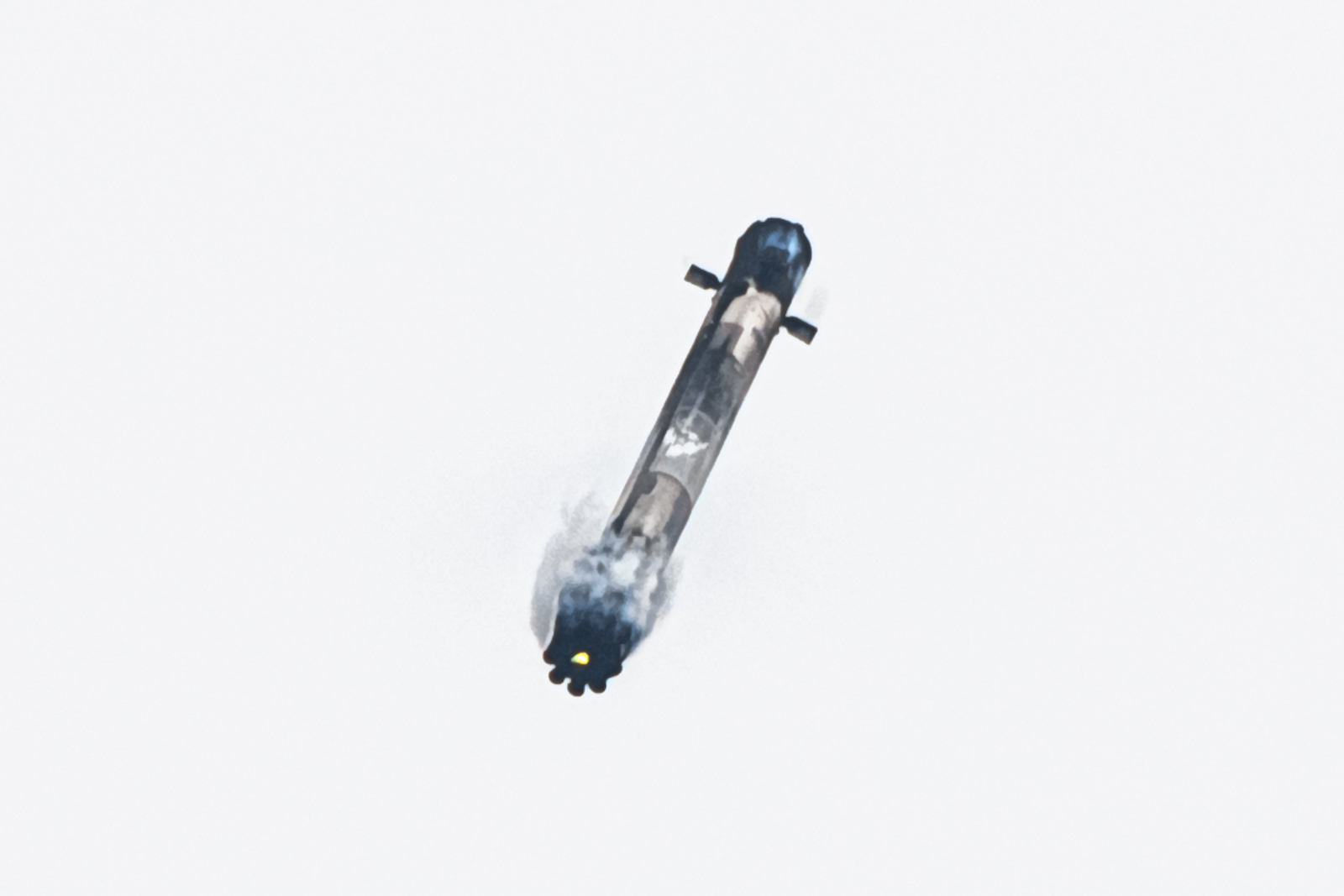 Falcon 9's first stage (B1060) passing through the transsonic region and once again returning from space an eighth time in a single calendar year.Trevor Mahlmann
Falcon 9's first stage (B1060) passing through the transsonic region and once again returning from space an eighth time in a single calendar year.Trevor Mahlmann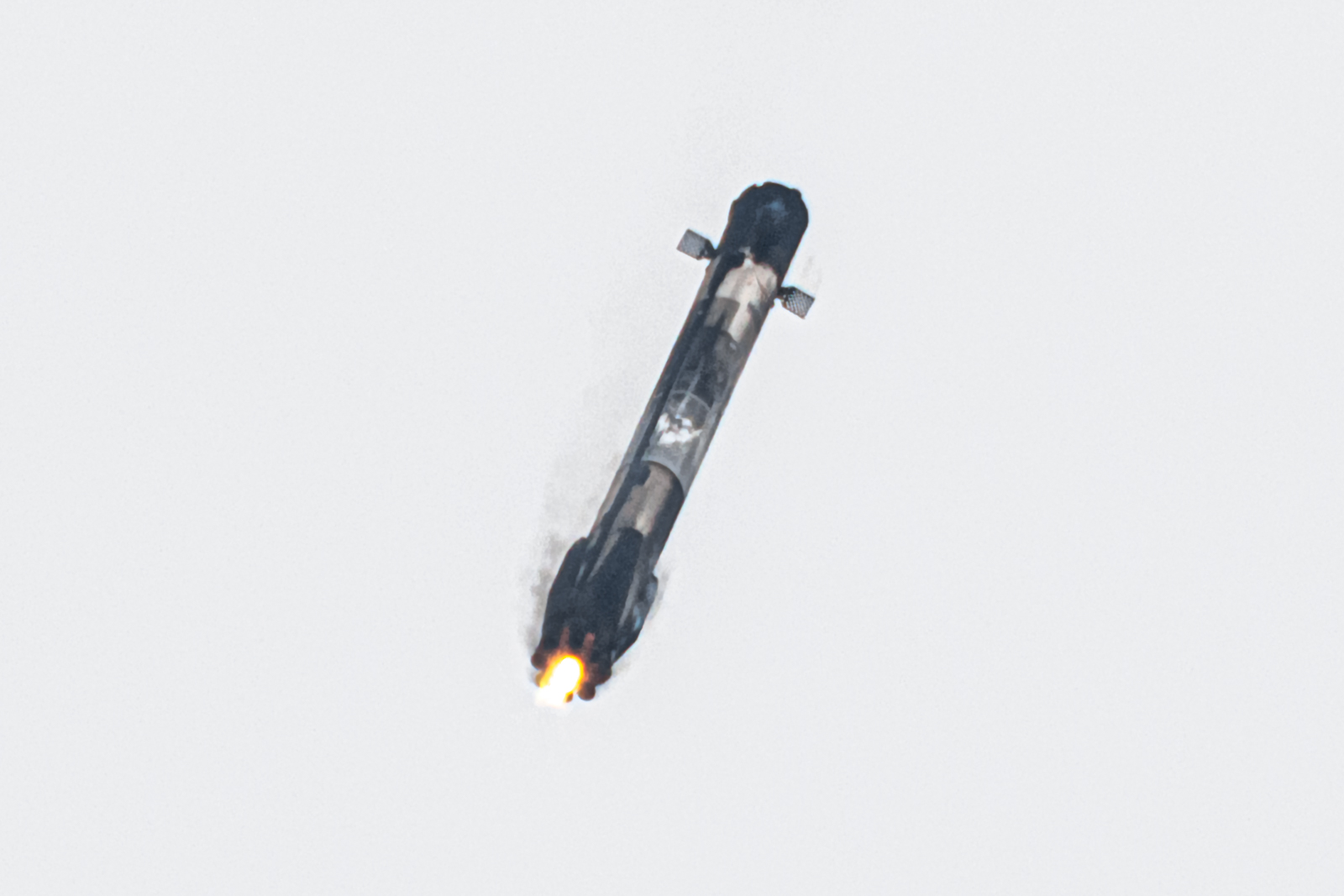 Grid fin waffle fries with a side of flamey spicy Tea-Teb + kerolox ranch.Trevor Mahlmann
Grid fin waffle fries with a side of flamey spicy Tea-Teb + kerolox ranch.Trevor Mahlmann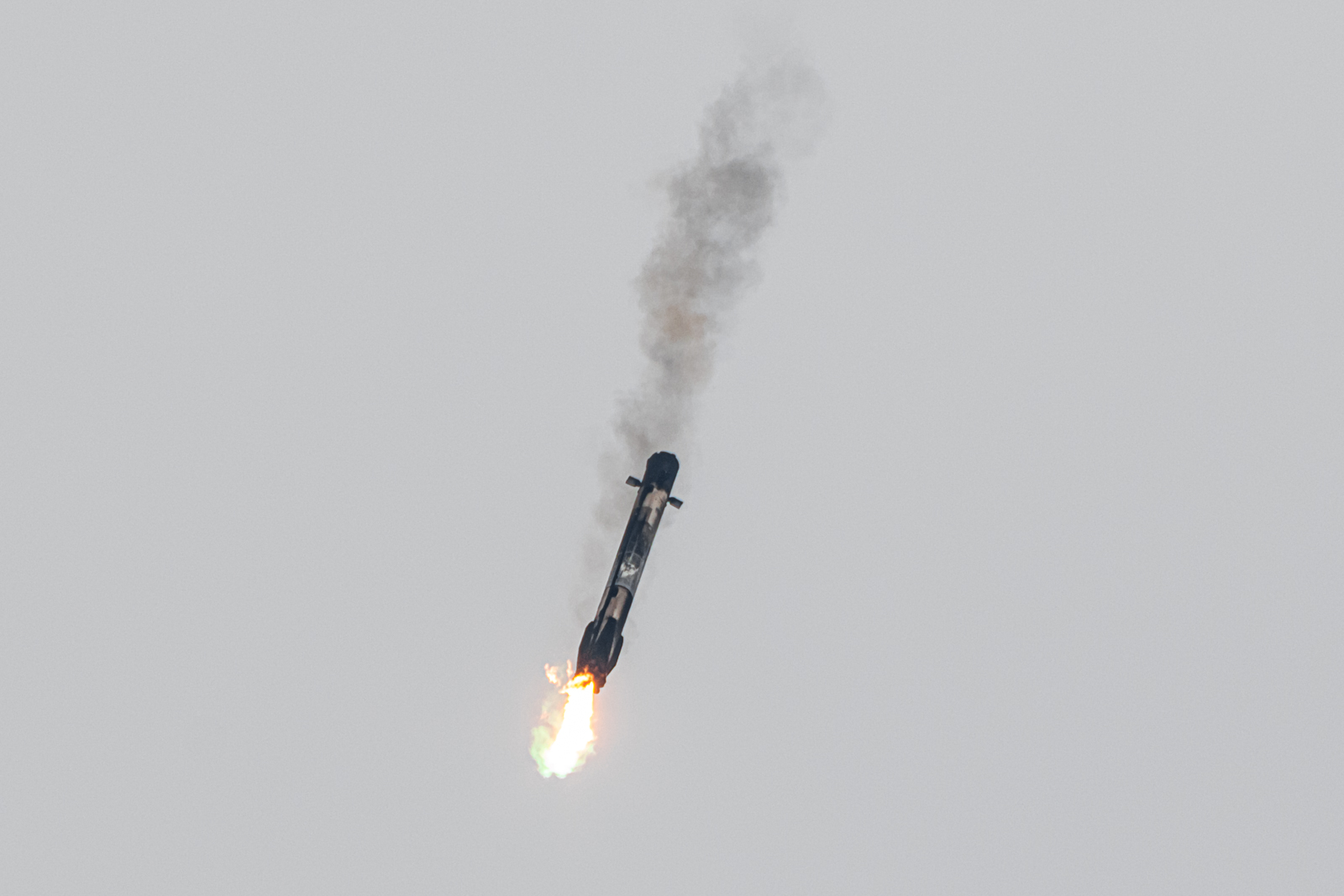 Ignition. Falcon 9 flies through a trail of soot after Tea-Teb ignites the center E9 engine to prepare for a soft setdown at LZ-1.Trevor Mahlmann
Ignition. Falcon 9 flies through a trail of soot after Tea-Teb ignites the center E9 engine to prepare for a soft setdown at LZ-1.Trevor Mahlmann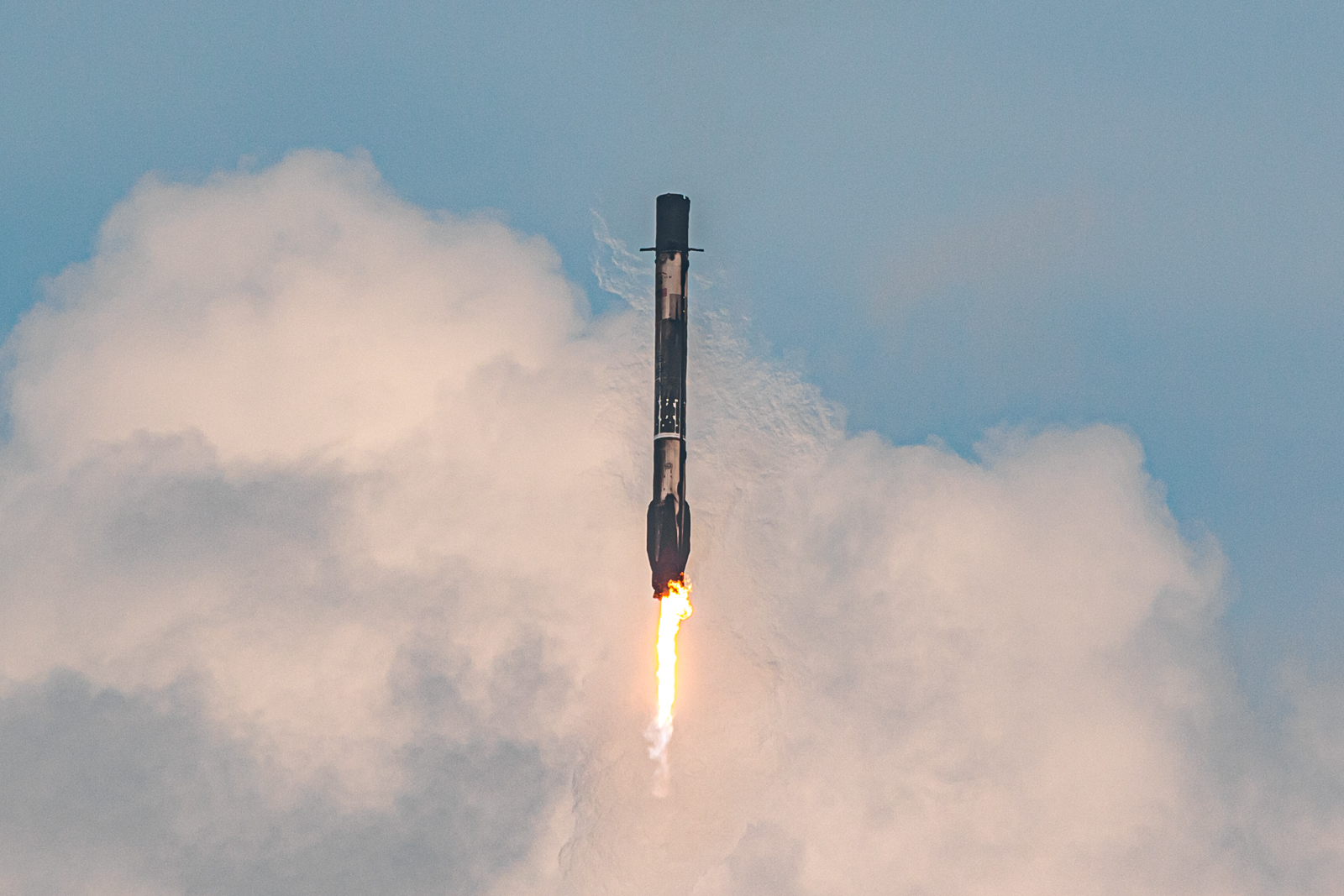 Descending through the clouds.Trevor Mahlmann
Descending through the clouds.Trevor Mahlmann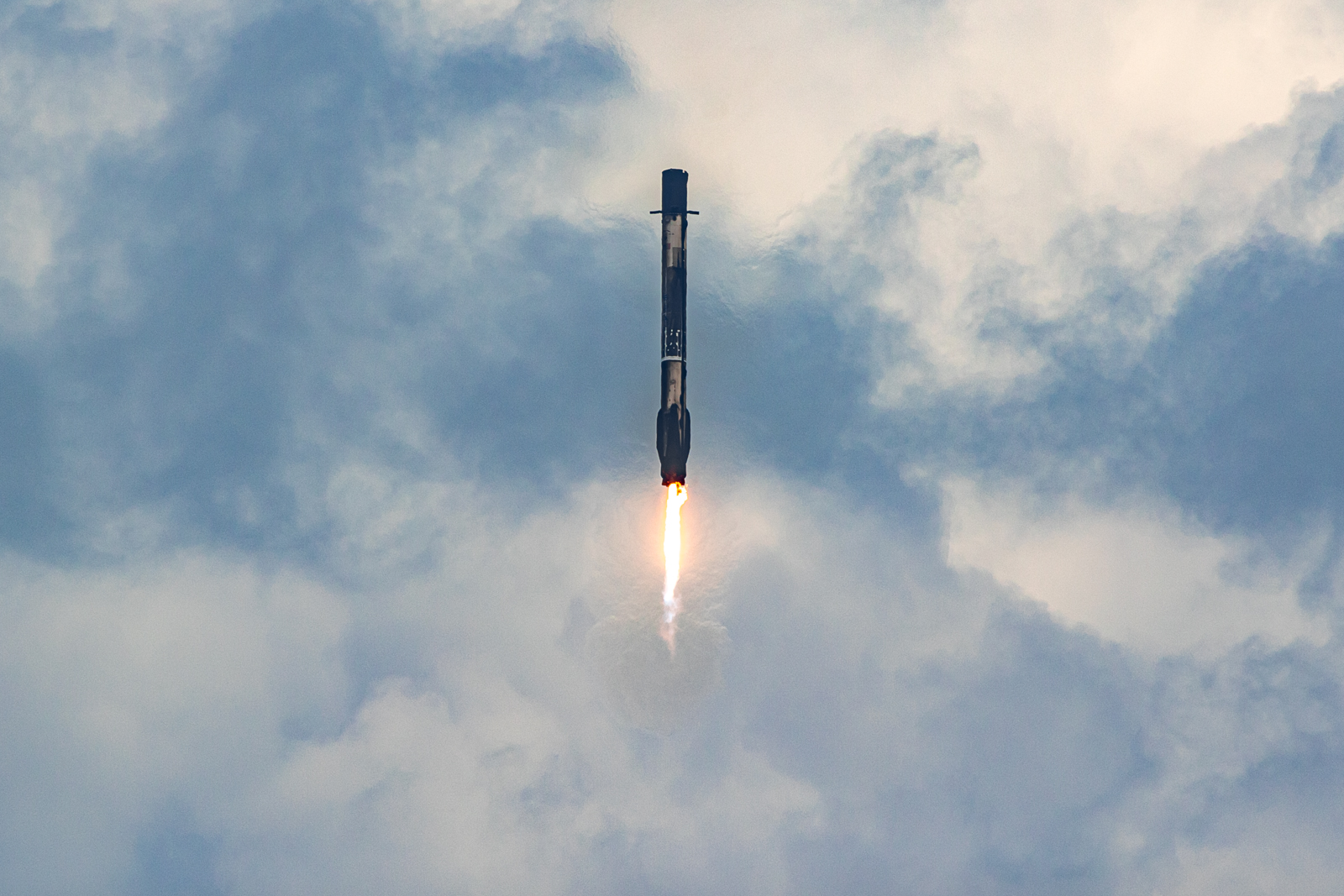 More clouds.Trevor Mahlmann
More clouds.Trevor Mahlmann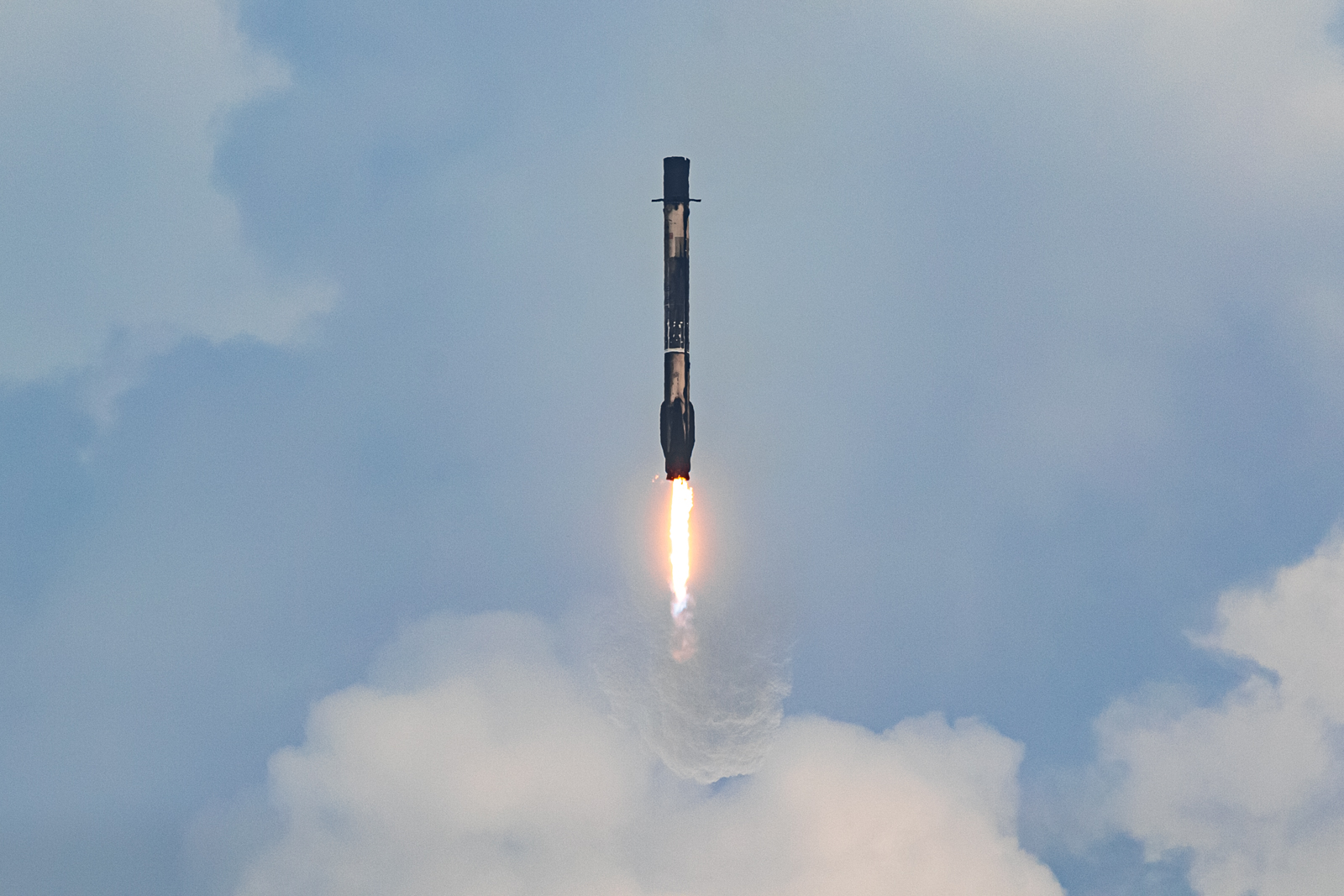 And more, still.Trevor Mahlmann
And more, still.Trevor Mahlmann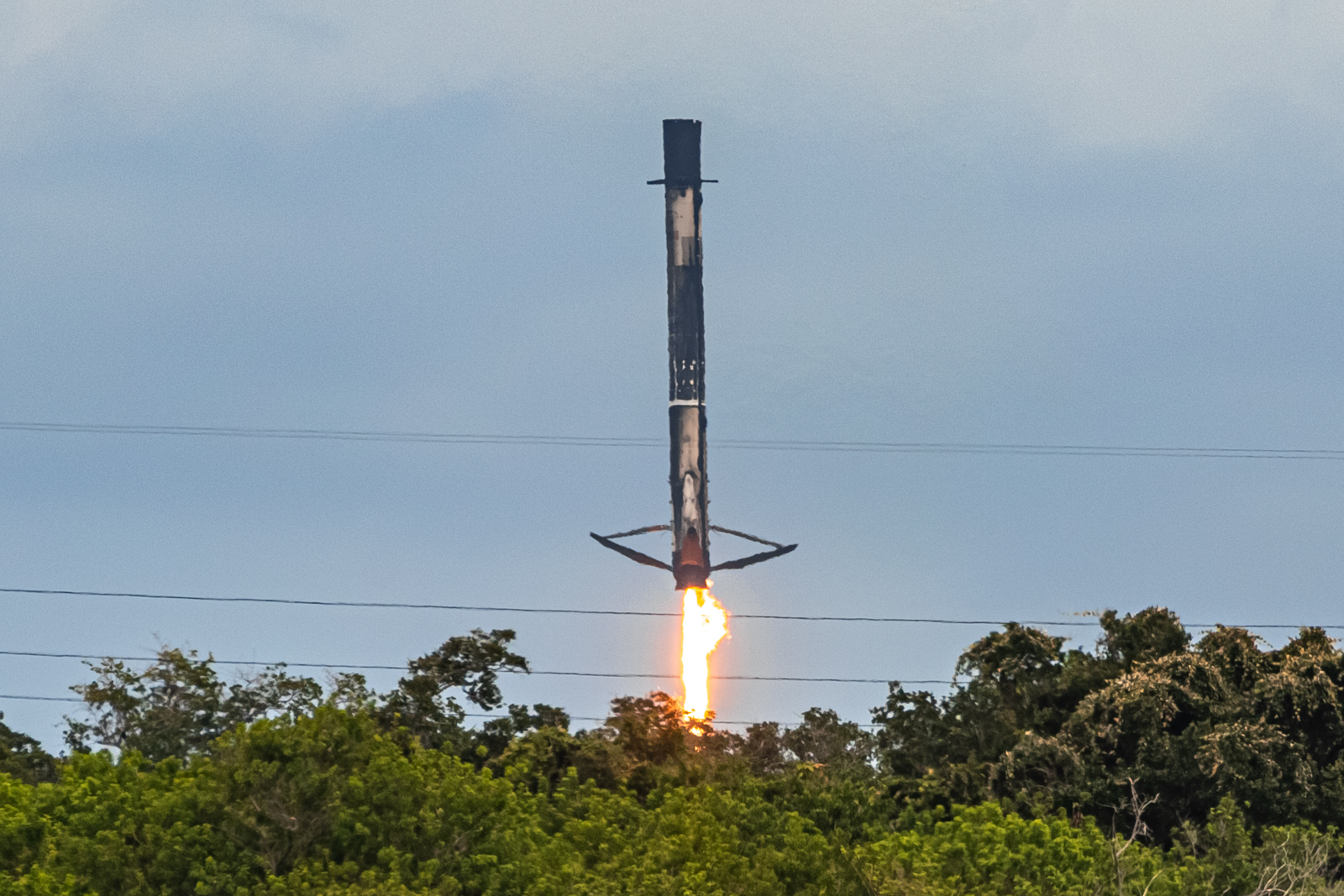 Leg deploy and touchdown. Almost like SpaceX planned it.Trevor Mahlmann
Leg deploy and touchdown. Almost like SpaceX planned it.Trevor Mahlmann
SpaceX launched its 20th Falcon 9 rocket of the year on Wednesday, and the booster lofting the Transporter-2 mission completed yet another successful flight to orbit.
This launch continues to cement the progress SpaceX has made toward the viable reuse of rocket first stages. This rocket core, named B1060, for booster number 1060, had previously flown into space seven times. Its first launch was a GPS III satellite mission for the US Space Force on June 30, 2020. With Wednesday's flight, the rocket has now flown eight missions in a calendar year.
That is a rate of one mission every 1.5 months. However, since early January, this same rocket has flown five missions, so it is approaching a rapid cadence of one launch per month. This is unprecedented for the Falcon 9 rocket or any other orbital spacecraft in history. Each of NASA's space shuttle orbiters, for example, typically only flew one to two times per year, needing significant refurbishment between each flight.
With the Falcon 9, by contrast, SpaceX has been able to learn from dozens of booster re-launches, and this has allowed the company to streamline the refurbishment needed between missions. "Work needed between flights is less & less, as shown by shortening time between reflights," SpaceX founder Elon Musk said on Twitter Wednesday.
The rapid reuse of the Falcon 9 rocket also makes for some stellar visuals. The Transporter-2 mission launched Wednesday carried several dozen small satellites, but the overall payload mass was low enough that the booster could carry enough fuel to return to a landing site near the launch site. This means our photographer, Trevor Mahlmann, was able to get excellent photographs of both the launch and landing.
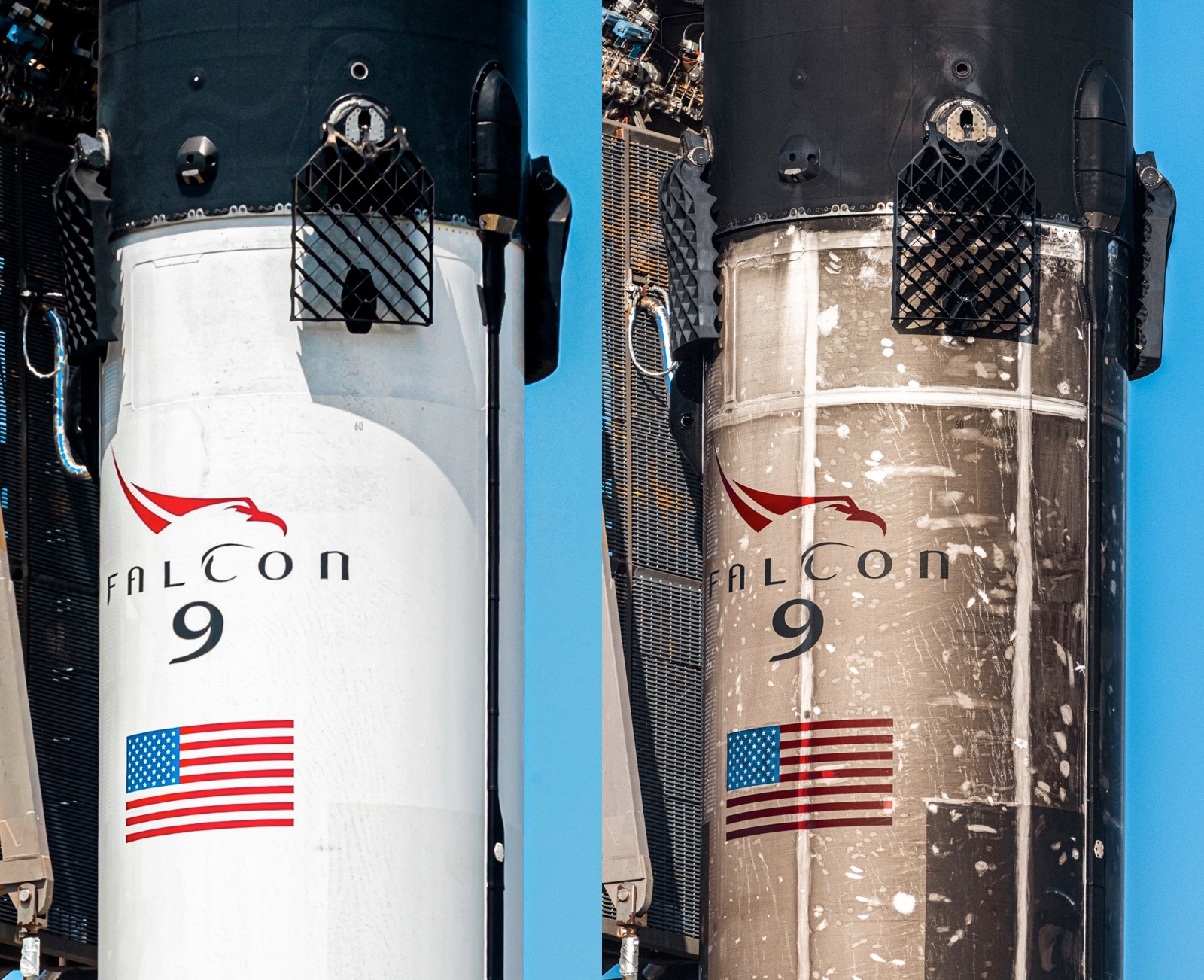 A comparison between what B1060 looked like one year ago versus this week before the Transporter-2 launch.Trevor Mahlmann
A comparison between what B1060 looked like one year ago versus this week before the Transporter-2 launch.Trevor Mahlmann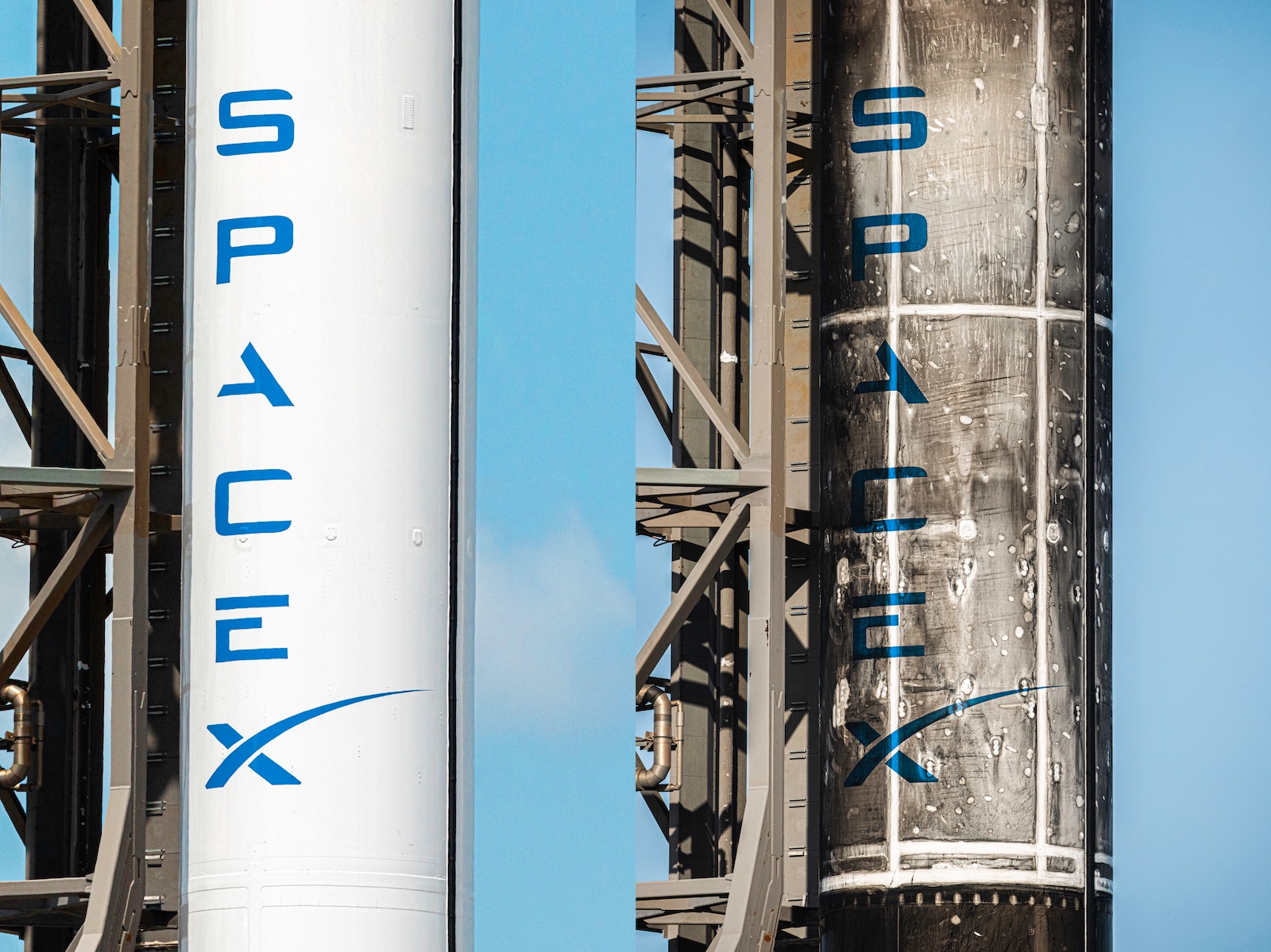 Sooty and scarred, but not broken.Trevor Mahlmann
Sooty and scarred, but not broken.Trevor Mahlmann
Moreover, Mahlmann was able to compare what B1060 looked like a year ago, when he captured images of the GPS II launch, to what the booster looks like today. Sooty the rocket, we would say, has never looked better.
Listing image by Trevor Mahlmann
Article From & Read More ( After 8 flights to space in a year, here’s what a Falcon 9 looks like - Ars Technica )https://ift.tt/3jxwtOA
Science
No comments:
Post a Comment